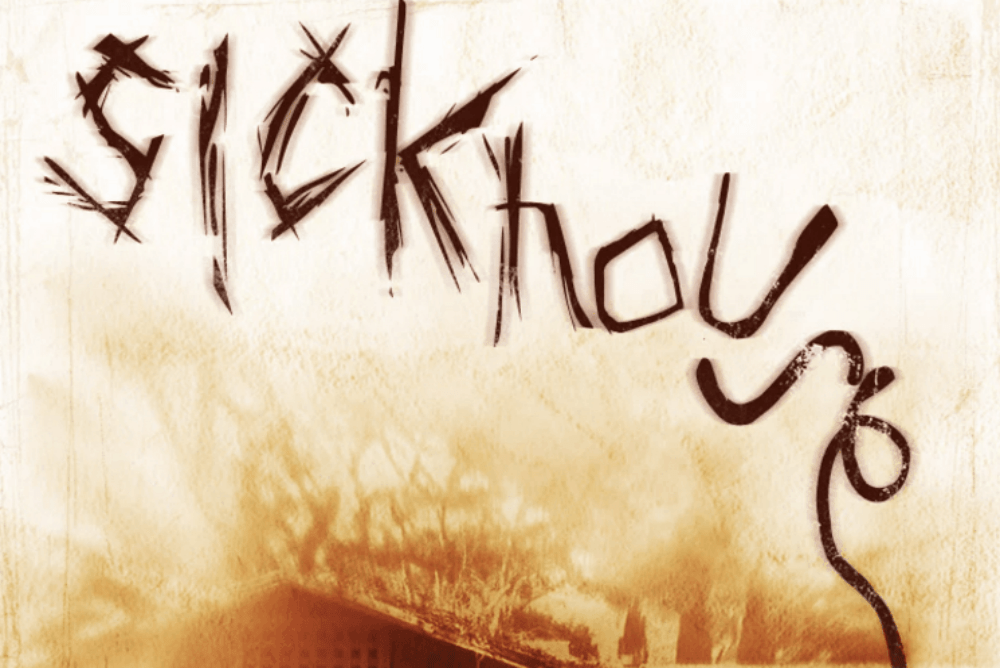Everything happens over Zoom, now. Even séances. Host (2020), directed by independent British filmmaker Rob Savage, follows a group of friends who make the ill-informed decision to conduct a séance over Zoom. The group is whittled down, one by one, as they confront a supernatural entity they conjure through the internet. Host reveals the Zoom room as a haunted space, one that requires constant negotiation with (un)reality and disruptions in spatiality. While filmmakers around the world have been working with found footage for decades, the social upheaval of COVID-19 created a unique opportunity for horror to address our complicated relationship with technology during this period of forced isolation, collective grief, and desperate uncertainty. Read more
Followed: A Clever Use of Found Footage and a Smart Critique of Influencer Culture
Guest PostEver since the massive success of 1999’s The Blair Witch Project, found footage has been a staple of the horror genre. Even George A. Romero experimented with it in one of his last (and also criminally underrated) films, Diary of the Dead (2007). Yet, now, more than 20 years after The Blair Witch Project, the subgenre has become stale. The grainy, shaky shots have become cliché. Even Blair Witch Project became such a part of the zeitgeist that it was spoofed mercilessly. At this point, for any director and screenwriter to use found footage as a technique, they better do something innovative. Cue Followed, the directorial feature debut by Antoine Le, written by Todd Klick. The film’s uniqueness lies in its method of storytelling. Followed’s narrative is told through vlogging, and by using this method, the movie updates the found footage technique to reflect and comment upon influencer culture. It’s a smart take on what has generally become an exhausted subgenre. The plot unfolds click by click, through a series of vlogs sequenced on a website.
Given my tepid at best reaction to the original Unfriended (2014) and my overall disinterest in most found footage films, I went into Unfriended: Dark Web just hoping not to fall asleep. What I got instead was a fascinating reinterpretation of the home invasion conceit fueled by an intriguing premise that I hope more modern horror will tackle. Tapping into the same technology fueled paranoia of the dystopian breakout hit Black Mirror, Unfriended: Dark Web creates a compelling sense of unease that will leave you wanting to toss all of your devices and become a Luddite. But unlike the majority of the episodes in the Channel 4/Netflix stalwart, this Stephen Susko helmed production is situated squarely in the present. Whether it is the case of child porn appearing on the computer of a 16 year old after he accessed a Yahoo account or hackers taking control of personal computers’ recording and camera capabilities via malware, the casting of known technology as the gateway for the horror that descends upon 6 unsuspecting people in Dark Web works precisely because it is a fear based in reality.
Like its predecessor, the story is a relatively simply one. After swiping a laptop that has languished in the coffee house where he works, Matias (Colin Woodell) and his friends gather for a virtual game night only to discover that the laptop’s previous owner is a person for hire on the dark web who specializes in extreme torture. As the group goes through files depicting one atrocity after another, their shock turns to fear when they realize that opening the cache of hidden files has now given the killer remote access to all of their devices. Read more
Stellar Irish horror film The Devil’s Doorway is the first feature film from Aislinn Clarke, a writer and director from Northern Ireland. Indeed, according to Morbidly Beautiful, which features an interview with Clarke, she is “the first woman in Northern Ireland to write and direct a produced horror film.” Devil’s Doorway was invited to showcase at BAFTA in London and was later screened at the Cannes film Festival. The film has secured international distribution, and will be released in the US by IFC Midnight on July 13, 2018.
The summer of 2018, it seems, is not only witnessing record heat but a surge of scary nuns. The trailer of the high profile film The Nun, directed by Corin Hardy, is doing the rounds at the moment. As a spin-off of the highly successful Conjuring franchise, The Nun (due to be released on September 7) will no doubt do well at the box office. But I doubt it will be as good as Devil’s Doorway. The trailer for The Nun suggest that the nuns in that film are exploited as jump scares, demonic faces appearing in the background, nuns rocketing like high speed trains from outside the frame. The nuns in Devil’s Doorway, on the other hand, are real nuns. And they are terrifying. Helena Bereen, in particular, delivers an utterly chilling performance as the Mother Superior of a Magdalene Laundry in 1960—a woman fully aware of the Church hierarchy and hating, in equal parts, the men above her and the women below her.
Sometimes I forget that Daniel Myrick and Eduardo Sánchez’s The Blair Witch Project (1999) is coming up on its twentieth anniversary. I shouldn’t, though, because I regularly teach the film in my Introduction to Horror class and I’ve increasingly found students are just bored by it. There have been films that have attempted to “update” The Blair Witch Project (I thought Bob Goldthwait’s 2013 film Willow Creek was particularly good), but, in many ways, and with all its flaws, Hannah Macpherson’s Sickhouse may be the real heir to The Blair Witch Project. It’s Blair Witch for millennials, for those born not too long before the turn into the twenty-first century and who have lived intimately with social media for their entire lives.
You should watch Sickhouse, I think, for the stark generational differences it points out between teens today and those of us who saw Blair Witch in the theater. Also, for its moments of genuine raw power, as well as the undeniable innovation of telling its story entirely through Snapchat. And, lastly, if you haven’t yet heard of Sickhouse’s director, Hannah Macpherson, well, you need to. Read more












